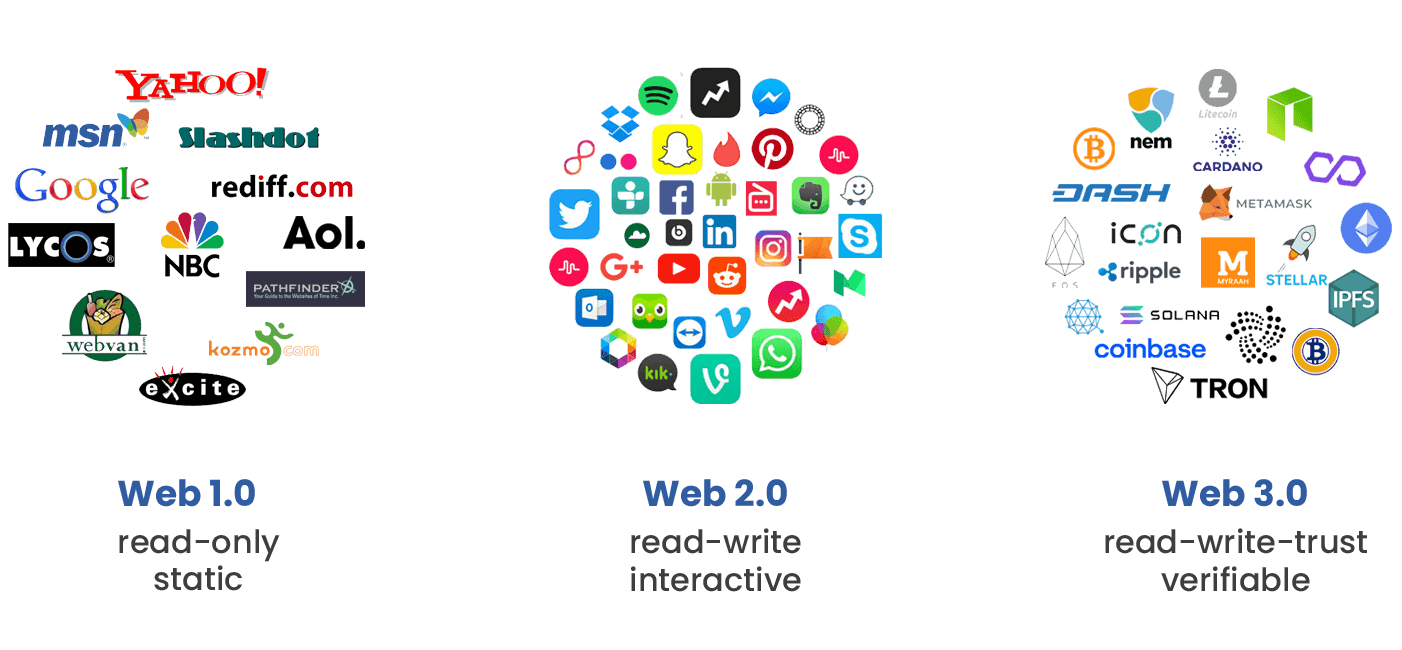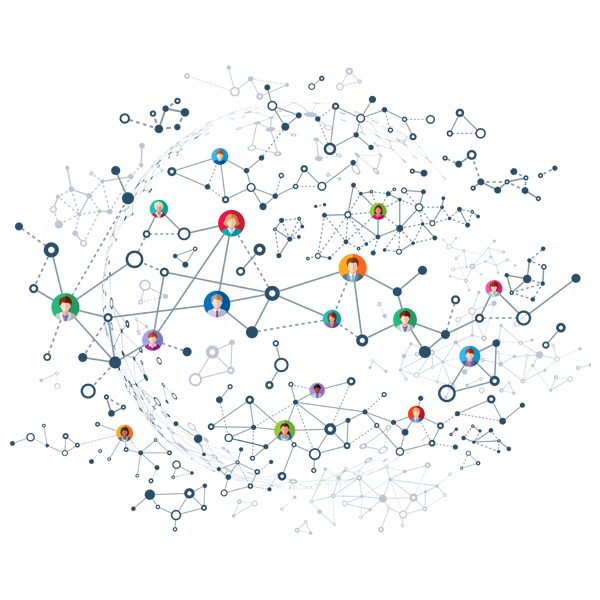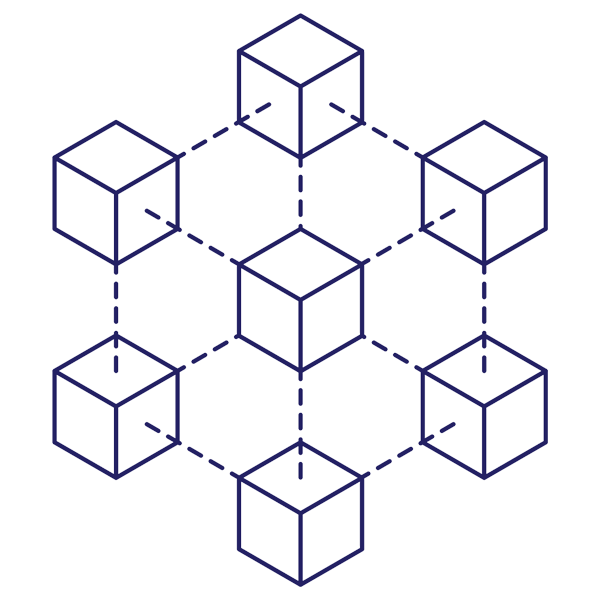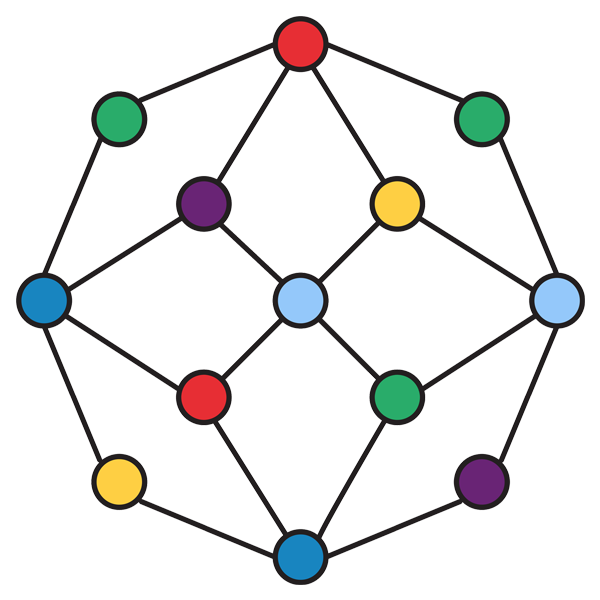The History Of The Web
Web since it’s founding has evolved in it’s function.
Web 1.0 : Read only web. In this initial version of the web, a user was able to only read the content. Applications included: news sites, portals, search engines etc.
Web 2.0 : Web 1.0 + interaction. This version of web applications enabled users to interact. So for example a user can comment, like a post etc. Applications include social networks, chatting apps etc.
Web 3.0 : Web 2.0 + Trust & verifiability. Web 2.0 applications harvested users’ content and data to make money, taking away the privacy and control from the users. Web 3 is a movement to shift the power back to the users – making the web open, secure, resilient and private

Web 3 – The New Internet
Web 3 is the new version of the internet which is serverless and decentralized. An internet where users are in control of their own data, identity and destiny. It uses decentralized protocols and cryptographic methods to safeguard, benefit and make the ecosystem stable and resilient.
Web 3 has three critical elements : Decentralized Web, Blockchain and Linked Data.


Decentralized Web
The first element of the Web 3 is decentralized web. It means internet applications on Web 3 do not rely on centralized servers. Web 2 services go down when a server goes down whereas Web 3 service cannot go down as the data is stored in multiple copies on a P2P ( peer-to-peer ) network.
The data is then managed via data distribution protocols such as IPFS. IPFS ( Inter Planetary File System ) powers the creation of diversely resilient networks that enable persistent availability — with or without internet backbone connectivity.
Blockchain
The second element of the Web 3 is blockchain. It helps provide verifiability, ownership and economic incentive to the rightful owner of the content.
The smart contracts stores the ownership and transactions data on the blockchain, making the ownership verifiable and distributing the economic benefit to the content owners, not the intermediatory platforms of the Web2 world.


Linked Data – Semantic Web
The World Wide Web has enabled the creation of a global information space comprising of linked documents. As the Web becomes ever more enmeshed with our daily lives, there is a growing desire for direct access to raw data which is not currently available on the Web or are bound up in hypertext documents.
Linked Data provides a publishing paradigm in which not only documents, but also data, can be a first class citizen of the Web, thereby enabling the extension of the Web with a global data space based on open standards - the Web of Data.
